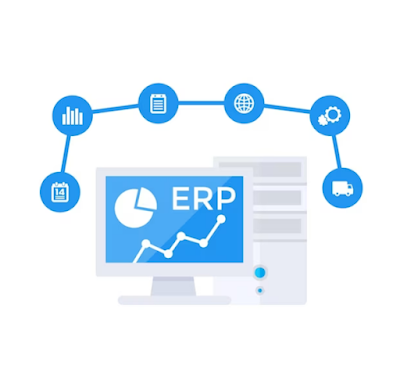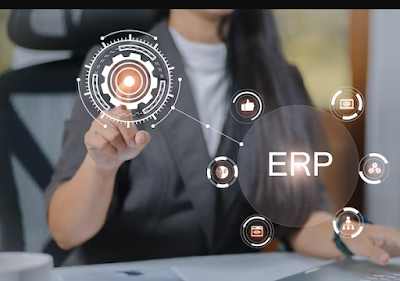Customizing Your ERP System for Maximum Efficiency
1. Understand your business processes
Before you start customizing your ERP system, it’s important to have a clear understanding of your business processes. What are the core functions of your business? What are the key processes that drive your business? By understanding your business processes, you can identify the areas where your ERP system can provide the most value.
2. Customize the user interface
The user interface is the face of your ERP system. It’s the first thing your employees will see when they log in, so it’s important to make sure it’s user-friendly and easy to navigate. Customize the user interface to match the workflow of your business processes. This will help your employees to work more efficiently and reduce the risk of errors.
3. Configure workflows and automation
Workflows and automation are powerful tools that can help streamline your business processes. Configure workflows and automation to automate repetitive tasks and reduce manual data entry. This will not only save time but also reduce the risk of errors.
4. Add custom fields
Most ERP systems come with a standard set of fields, but they may not be sufficient to capture all of the data that your business needs. Add custom fields to your ERP system to capture the specific data that your business requires. This will help you to make more informed business decisions based on accurate and complete data.
5. Integrate with other systems
Your ERP system is just one piece of the puzzle. To get the most out of your ERP system, you need to integrate it with other systems such as your CRM, inventory management system, and accounting software. Integrating your ERP system with other systems will provide a seamless flow of data and reduce the need for manual data entry.
6. Train your employees
No matter how customized your ERP system is, it won’t be effective if your employees don’t know how to use it. Train your employees on the customized features of your ERP system so that they can work more efficiently and effectively. This will also reduce the risk of errors and increase overall productivity.
In conclusion, customizing your ERP system is essential for maximizing efficiency and gaining a competitive edge in today’s fast-paced business world. By understanding your business processes, customizing the user interface, configuring workflows and automation, adding custom fields, integrating with other systems, and training your employees, you can create a customized ERP system that meets the unique needs of your business.




Comments
Post a Comment